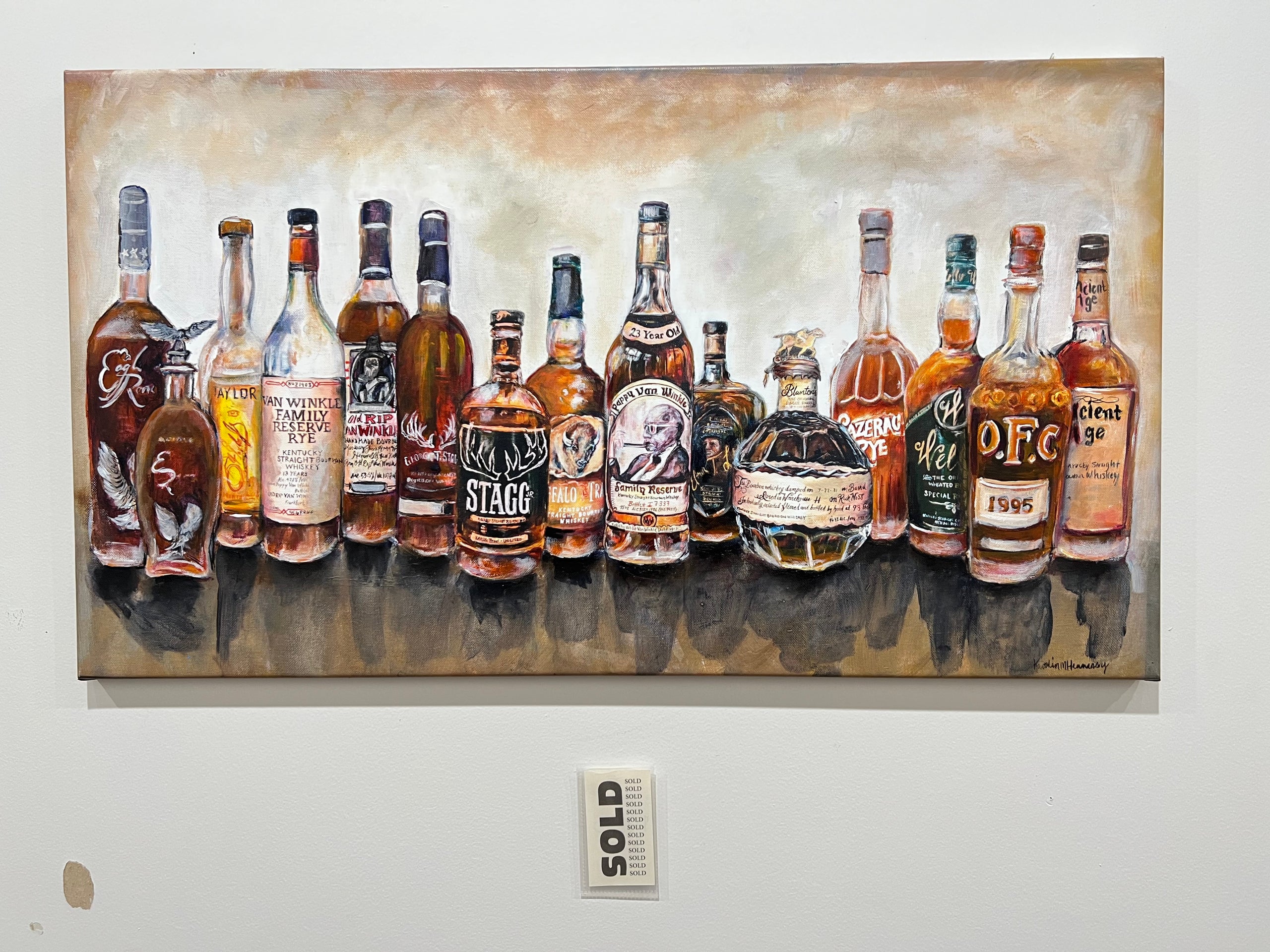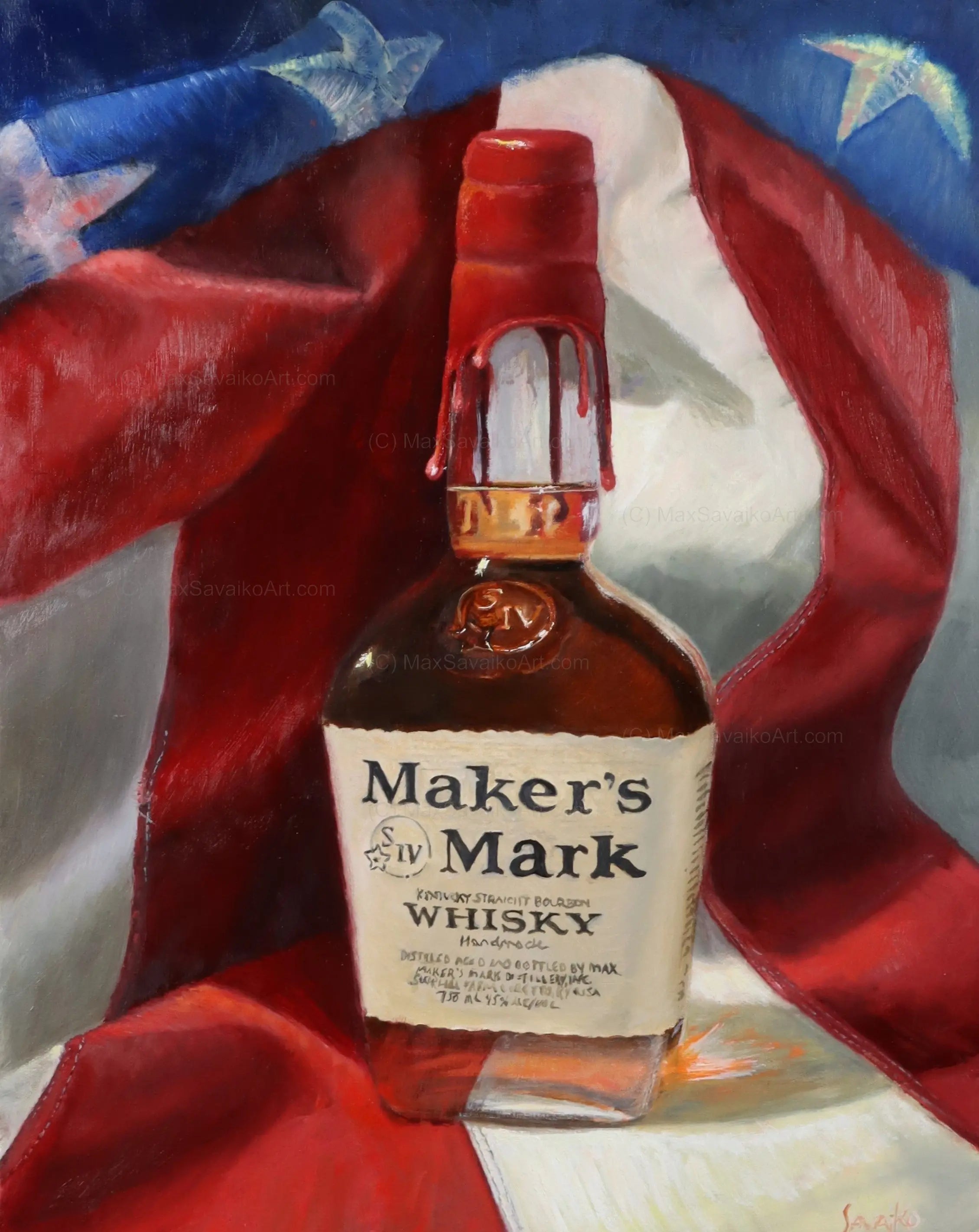The Value of Whiskey Art in Celebrating Heritage and Craftsmanship in the Beverage Industry
The detailed connection in between scotch art and the event of heritage and craftsmanship within the drink industry can not be overstated. Through thoughtfully developed containers and tags, bourbon brands envelop their historical roots and the artisanal skills that define their production methods.
The Historical Roots of Whiskey
At the heart of whiskey's attraction lies a rich tapestry of historic origins that map back to ancient people. The beginnings of scotch can be connected to the purification techniques of the Sumerians and Babylonians around 2000 BCE, where very early types of fermented grain beverages began to arise. Nevertheless, it remained in the Middle Ages that the art of distillation progressed substantially, especially in Ireland and Scotland, leading to the production of scotch as we understand it today.
The term "whiskey" itself originates from the Gaelic word "uisce beatha," meaning "water of life." This phrase underscores the social importance of bourbon in Celtic societies, where it was usually related to routines, parties, and communal bonding. By the 15th century, distillation ended up being an acknowledged craft within reclusive areas, leading the means for the establishment of lawful distilleries.
As profession routes increased, whiskey's popularity grew, transcending local borders and recording the interest of aficionados worldwide. Limited Edition. This historical trip shows not only the craftsmanship behind bourbon manufacturing however additionally its indispensable duty in social and social contexts, noting it as a considerable beverage throughout background
Artistic Expression in Branding
Bourbon branding stands as a compelling crossway of creativity and commerce, where visual identity plays a critical role fit customer perception. The looks of bourbon tags, packaging, and marketing materials reflect not just the brand name's story yet also its core worths and heritage. Through imaginative expression, distilleries convey a narrative that resonates with consumers, evoking feelings and triggering links.
Making use of shade, typography, and imagery in branding serves to distinguish products in a saturated market. Conventional themes might stimulate a feeling of authenticity and craftsmanship, while modern-day designs can indicate innovation and forward-thinking. This critical imaginative direction enhances brand recognition and commitment, permitting consumers to create an individual relationship with the scotch they choose.
Furthermore, imaginative expression in branding commonly functions as a celebration of local heritage. Distilleries frequently include neighborhood icons or historical references right into their designs, developing a local color that welcomes consumers to engage in a broader cultural experience. Inevitably, the virtuosity behind bourbon branding not just improves visual charm yet also enriches the overall story of the brand name, promoting a deeper admiration for the workmanship and heritage embedded in each bottle.
Workmanship in Bottle Style
The creativity noticeable in scotch branding prolongs past visual identification to incorporate the workmanship associated with container style. Each container functions as a vessel not simply for the spirit within, however also for the story it informs concerning its high quality, origin, and practice. The style procedure needs meticulous focus to information, as aspects such as shape, closure, and product contribute considerably to the overall perception of the bourbon.
Workmanship in bottle design involves picking high-grade glass that can enhance the scotch's color and clearness, while likewise offering a responsive experience for the customer. The shape of the container have to be both functional and aesthetically appealing, typically mirroring the heritage of the brand name. Numerous distilleries select one-of-a-kind forms or printed logo designs that evoke a feeling of credibility and history.
Additionally, the tag layout and typography play a crucial role in communicating the brand's story. Realism Art. A well-crafted container not just astounds the consumer's eye however additionally enhances the brand's commitment to top quality and custom. This way, the workmanship of bottle style becomes a crucial facet of the scotch experience, merging virtuosity with an extensive respect for heritage
Cultural Value of Whiskey Art
Celebrating practice and workmanship, the social value of scotch art transcends mere aesthetics, intertwining with the historical and social stories of the areas where it stems. Each bottle functions as a canvas, showing the distinct stories, folklore, and practices that have formed regional whiskey-making practices. The detailed styles commonly reflect the heritage of the distillers, integrating signs and concepts that reverberate with the culture and worths of their communities.

In addition, bourbon art plays an important duty in communal events and celebrations, functioning as a substantial link in between people and their shared experiences. By appreciating the creativity in bourbon product packaging, consumers cultivate a much deeper understanding and regard for the craft, ultimately enriching their enjoyment of the beverage itself.
Modern Trends in Scotch Presentation
In recent times, the discussion of whiskey has developed to mirror modern tastes and fads while still honoring conventional workmanship - Whiskey Art. Distilleries are increasingly concentrating on aesthetic elements that improve the overall alcohol consumption experience, connecting the void in between heritage and modernity
Cutting-edge container designs have actually emerged, often including sustainable Limited Edition products and creative labels that inform engaging tales. Several brand names currently team up with local musicians, infusing their products with distinct aesthetic expressions that reverberate with consumers. Additionally, limited-edition launches are usually packaged in collectible containers, adding worth and appeal for lovers.

Verdict
In final thought, bourbon art acts as an important conduit for sharing the heritage and workmanship integral in the drink market. Through intricate branding, cutting-edge bottle designs, and culturally substantial creative elements, bourbon brands effectively honor their traditions and get in touch with consumers. This creative narrative not only elevates the recognition of whiskey yet likewise enhances area identification and pride among producers. Eventually, scotch art plays an important duty in preserving and celebrating the abundant cultural tapestry of whiskey-making.


Workmanship in container style includes selecting high-quality glass that can boost the whiskey's shade and clearness, while likewise providing a tactile experience for the customer. In this means, the workmanship of container style ends up being an important aspect of the whiskey experience, combining virtuosity with a profound regard for heritage.
In verdict, bourbon art offers as a vital channel for expressing the heritage and craftsmanship intrinsic in the drink sector.
Comments on “Whiskey Art as a Statement: How It Boosts Home Decoration”